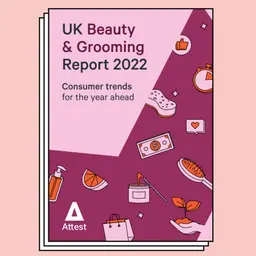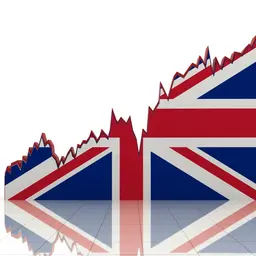
Anyone will have noticed that men increasingly sport their hairs on their faces (facial hair is still not on a roll among women…). More than a fashionable phenomenon, the beard tells more than we think about those who wear it. The Bic Shave Club and Opinion Way took interest in the sociological dimension of the beard trend and revealed the results of their survey at a press conference held in Paris last June 6, 2018.
The survey was conducted among a sample of 1,063 people representative of the French population aged 18 and over, formed according to the quota method, involving criteria like sex, age, socio-professional category, town category, and region of residence, and comprising samples of 508 men and 316 women in a relationship with a man.
The interviews were conducted from April 11 to 13, 2018.
Bearded hipsters are dead, long live shaven men!
It has been a few years since thick beard has been all the rage. And yet, this fashion seems to be declining, since 45% of the men surveyed declare they are clean-shaven and 49% have hairs on their faces.
Also, the study reveals how attached French people are to their own style. A vast majority of them prefer not to change (83% did not change their style within the last 12 months). But there are exceptions. Whether it is because they want to be attractive or simply to renew their own style, single people tend to change more often (18%) than people in relationships (13%).
Among all conceivable looks, the three-day beard (adopted by 18% of the respondents) and the short, shaven beard are considered ‘trendy’ by the panel, which explains this overcautiousness when it comes to changing styles.
According to the people surveyed, thick beards, moustaches, goatees, beard necklaces, and other side whiskers are naff.
Bearded men, where are you?
The survey conducted by Opinion Way shows France is divided into two when it comes to hairs. Indeed, shaven men seem to prevail in the North (North-East: 51% - North-West: 50%), while hairy people grow in the sun (South-East: 56% - South-West: 50%).
Unsurprisingly, Paris is the exception to the rule, with 49% of bearded men.
The beard, a matter of age
The survey reveals facial hair has something to do with age.
78% of people under 35 and 92% of people aged 25-34 sport facial hair, while 53% of people over 35 prefer a shaven look. This figure reaches 60% for people over 50.
Still, young men prefer short hairs, like a three-day beard (33%) or a short, well-trimmed beard (14%).
The Bic Shave Club interpret this result as ’a new rite of passage. Today, the beard symbolically marks the beginning of adulthood, whereas only older men used to wear it.’
What women want
Men and women do not share the same point of view as regards facial hair. For 14% of women, the beard gives the impression of being sloppy, while only 7% of men think so.
Women in relationships aged under 35 pay more attention to facial hair than older women: only 14% of the former say they are not sensitive to it, against 29% of women in relationships aged 35 and over.
The beard is definitely not popular among ladies: 34% of the women surveyed would like their partner to be completely shaven.
Two women out of five admit they would like their partner to change styles, because they like the contact with a shaven skin.
What about keeping beards neat?
Clean-shaven men are not the only ones to use their razors. Well-trimmed beards are the most popular, which means it is essential to keep them neat.
Again, age corresponds to different preferences as regards the equipment. Razors fitted with blades are preferred by men aged 50 and over. 42% of them use a manual razor with reloadable blades (compared to 21% of men aged under 35).
Younger men are fond of electric devices (25% use clippers, compared to 9% of men aged 50 and over, 23% use an electric razor, compared to 26%). Obviously, men’s behaviour towards facial hair varies according to their age and place of residence.
All in all, everyone’s facial hair reveals their own identity and assertion of their personality.













